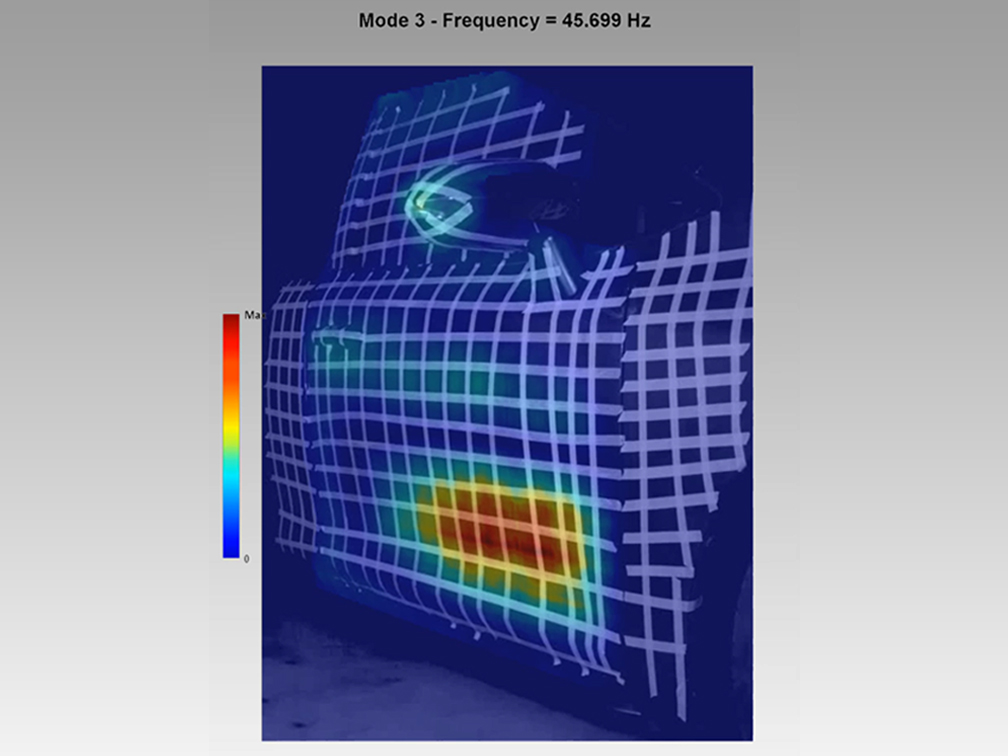Understanding the behavior of car components under various impact conditions is crucial for improving vehicle safety and performance. For instance, analyzing how a car door reacts during an impact can reveal insights into its performance during a crash, enabling the development of safer designs. This detailed examination also helps in selecting materials that are more effective at absorbing or damping vibrations, which contributes significantly to overall vehicle safety.
The same applies to wheels, which are among the first components to respond to forces generated by obstacles on the road surface, such as potholes or curbs. Their design and the materials influence how well the vehicle handles these impacts. Minimizing or damping vibrations contributes to a perception of quality and attention to detail, which can enhance customer satisfaction and brand reputation
To optimize the safety and comfort of cars it is crucial to understand how components deform during dynamic processes and under stress, like the closing of a door or hitting an obstacle with the tire. One challenge in assessing deformation is covering a large area comprehensively, which traditional measurement methods often struggle to address. The following measurements on a car door and tire illustrate an approach using, video data only, which allows for capturing the necessary insights with little effort and increased efficiency.








